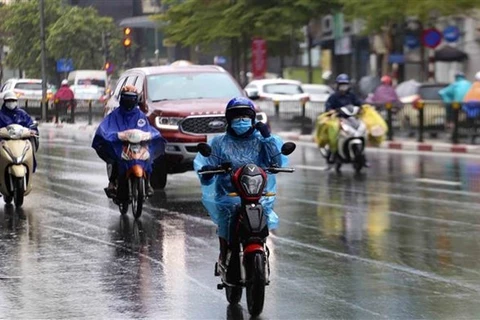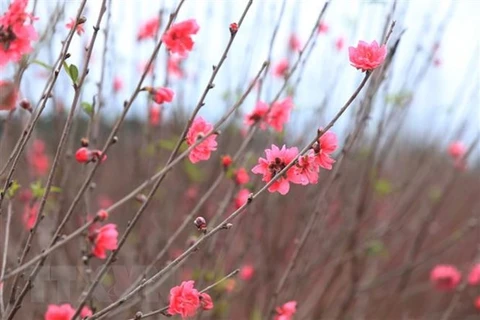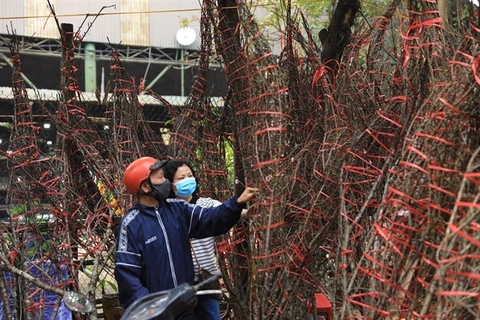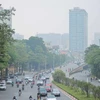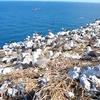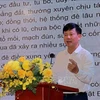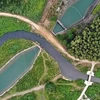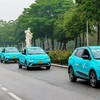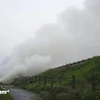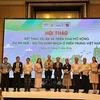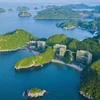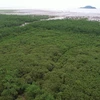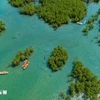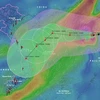Hanoi (VNA) – A strong cold wave is forecast to affect the northern mountainous areas in the evening of January 28, bringing rain across the northern region and the north central province of Thanh Hoa until the next day.
According to the National Centre for Hydro-Meteorological Forecasting, on January 29, the cold wave will reach other areas in the north and north central regions, causing temperatures to plunge.
The lowest temperatures in the north will range from 10 – 13 degrees Celsius, even dropping to below 3 degrees Celsius in high mountainous areas. Meanwhile, the lowest temperatures for the north central region are expected to range from 11 – 14 degrees Celsius.
More cold air is expected in the following days, so the two regions will continue to experience severe and harmful cold on a large scale until February 4 with a high possibility of ice and snow rain on high mountains./.
According to the National Centre for Hydro-Meteorological Forecasting, on January 29, the cold wave will reach other areas in the north and north central regions, causing temperatures to plunge.
The lowest temperatures in the north will range from 10 – 13 degrees Celsius, even dropping to below 3 degrees Celsius in high mountainous areas. Meanwhile, the lowest temperatures for the north central region are expected to range from 11 – 14 degrees Celsius.
More cold air is expected in the following days, so the two regions will continue to experience severe and harmful cold on a large scale until February 4 with a high possibility of ice and snow rain on high mountains./.
VNA



